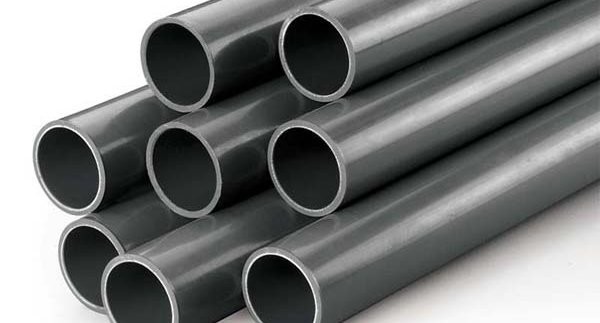
Polyvinyl chloride (PVC) is widely used in construction, transportation, packaging, interior decoration materials and other fields due to its rich source of raw materials, high hardness, chemical resistance, and transparent products.
However, PVC materials have poor impact toughness and are prone to brittle fracture when subjected to external impact, so it needs to be toughened and modified. For example, calcium carbonate (light calcium carbonate and heavy calcium carbonate) is used in PVC products, which is mainly used as a filler to reduce costs and have an impact on the processing and performance of the product.
1. What is the difference between different calcium carbonate filled modified PVC?
Calcium carbonate can play a skeleton role in PVC products, which has a great effect on the dimensional stability of the products, can also improve the hardness of the products, and improve the surface gloss and surface smoothness of the products.
Heavy calcium carbonate: wet-process heavy calcium has fine particle size, narrow particle size distribution, low oil absorption value, large specific surface area, and stable product, and is widely used in PVC products. Taking PVC calendered film as an example, wet-process heavy calcium has obvious reinforcing effects on its hiding power, heat resistance, and tensile strength, and can replace light calcium and nano-calcium.
Light calcium carbonate: Adding light calcium carbonate can increase the volume and reduce the cost. At the same time, it can also improve the dimensional stability, hardness and rigidity of rigid PVC products, and improve the processing performance of plastics.
Nano-calcium carbonate: The application of nano-active calcium carbonate in the production of PVC pipes has improved the tensile yield strength, elongation at break, and longitudinal retraction of the pipes.
2. What should be paid attention to when calcium carbonate is filled with modified PVC?
The traditional modification method is to modify PVC by using an elastomer toughener, which sacrifices the original modulus, hardness, rigidity, thermal deformation temperature and other properties of the material while improving the toughness of the material; the use of rigid particles avoids the above-mentioned The reduction in performance can also significantly reduce costs.
However, since the surface properties of inorganic rigid particles are quite different from those of PVC resin, the toughening effect is affected by many factors. Such as: the processing method, composition, size, shape, degree of dispersion, molding processing conditions, etc. of inorganic rigid particles.
